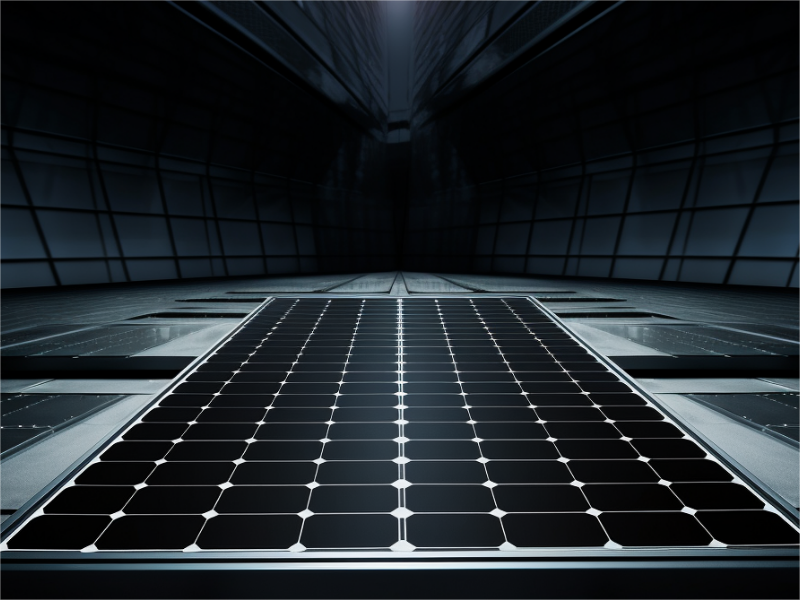Solar panels have come a long way since their inception, and their future looks brighter than ever. The history of solar panels dates back to the 19th century, when French physicist Alexandre Edmond Becquerel first discovered the photovoltaic effect. This discovery laid the foundation for the development of solar panels as we know them today.
The first practical application of solar panels occurred in the 1950s, when they were used to power satellites in space. This marked the beginning of the modern solar era, as researchers and engineers began to explore the potential of harnessing solar energy for land use.
In the 1970s, the oil crisis reignited interest in solar energy as a viable alternative to fossil fuels. This has led to significant advances in solar panel technology, making them more efficient and affordable for commercial and residential use. In the 1980s, solar panels were widely adopted in off-grid applications such as long-distance telecommunications and rural electrification.
Fast forward to today, and solar panels have become a mainstream source of renewable energy. Advances in manufacturing processes and materials have lowered the cost of solar panels, making them more accessible to a wider range of consumers. Additionally, government incentives and subsidies have further spurred solar adoption, leading to a surge in installations worldwide.
Looking ahead, the future of solar panels is promising. Ongoing research and development efforts focus on improving the efficiency of solar panels to make them more cost-effective and environmentally friendly. Innovations in materials and design are driving the development of next-generation solar panels that are lighter, more durable, and easier to install.
One of the most exciting developments in the solar panel world is the integration of energy storage technology. By combining solar panels with batteries, homeowners and businesses can store excess energy generated during the day for use at night or when sunlight is low. This not only increases the overall value of the solar system, but also helps solve the intermittency problem of solar power generation.
Another area of innovation is the use of building-integrated photovoltaics (BIPV), which involves integrating solar panels directly into building materials such as roofs, windows and facades. This seamless integration not only enhances the aesthetics of the building but also maximizes the use of available space for solar power generation.
Additionally, there is growing interest in the concept of solar farms, large-scale installations that harness the power of the sun to generate electricity for entire communities. These solar farms are becoming increasingly efficient and cost-effective, contributing to the transition to a more sustainable and renewable energy infrastructure.
With the development of solar-powered cars and charging stations, the future of solar panels also extends to transportation. Solar panels integrated into the roof of an electric vehicle help extend its driving range and reduce reliance on grid charging. In addition, solar charging stations provide clean and renewable energy for electric vehicles, further reducing their impact on the environment.
In summary, the past and future of solar panels are intertwined with a legacy of innovation and progress. From their humble beginnings as a niche technology to their current status as a mainstream source of renewable energy, solar panels have experienced remarkable progress. Looking ahead, the future of solar panels is promising, with continued research and development efforts driving the development of solar technology. As the world continues its transition to a more sustainable and cleaner energy future, solar panels will play a key role in shaping how we power our homes, businesses and communities.
If you are interested in monocrystalline solar panels, welcome to contact Radiance to get a quote.
Post time: Jul-03-2024


